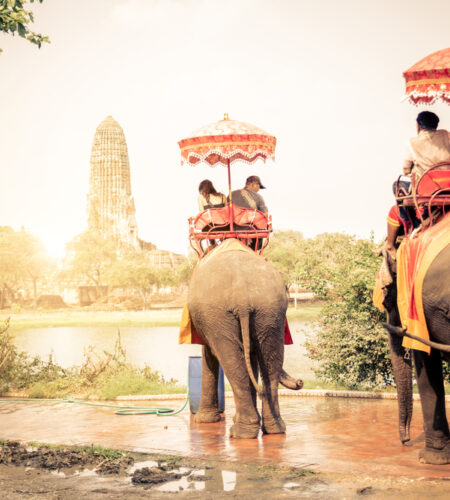In an age where travel and exploration have become more accessible than ever, cultural heritage walks and tours have emerged as a profound way to connect with the history and traditions of different places. These walks and tours are more than mere sightseeing; they are immersive experiences that allow individuals to step into the living history of a location, understanding its past and its ongoing cultural legacy.

Cultural heritage walks and tours are designed to take participants on a journey through time. Guided by knowledgeable experts or local historians, these tours delve into the stories behind historical landmarks, streets, and neighborhoods, uncovering the layers of history that have shaped them. From ancient ruins and historic city centers to lesser-known local neighborhoods, each walk or tour is an opportunity to see a place through the lens of its past.
One of the key aspects of these experiences is the focus on authenticity and cultural immersion. Unlike standard tourist excursions, cultural heritage walks often venture off the beaten path, bringing participants face-to-face with the traditions and daily life of local communities. This might include visits to artisan workshops, traditional markets, or local festivals, offering a genuine glimpse into the cultural fabric of the area.
For participants, especially seniors and older adults, these walks and tours offer numerous benefits. They are educational, providing insights into the history, architecture, and cultural practices of different societies. This kind of learning experience can be incredibly stimulating, fostering a sense of curiosity and lifelong learning.


Moreover, participating in these walks is a physically active way to explore. Walking through historical sites and city streets provides gentle exercise, suitable for all ages and fitness levels. It’s an engaging way to maintain physical health while simultaneously enjoying a rich cultural experience.
Cultural heritage walks also serve a deeper purpose in fostering cultural understanding and respect. By learning about the history and traditions of different places, participants gain a deeper appreciation for the diversity and complexity of human cultures. This understanding is crucial in today’s globalized world, where appreciation and respect for cultural diversity are more important than ever.
Furthermore, these tours often contribute to the preservation and promotion of cultural heritage. Many are organized by local communities or heritage organizations, and the proceeds from these tours can go towards the preservation of historic sites and the promotion of traditional crafts and practices.
Conclusion
In conclusion, participating in cultural heritage walks and tours is an enriching experience that offers more than just a glimpse into the past. It is an opportunity to actively engage with the history and culture of a place, to learn, to stay physically active, and to foster a deeper understanding and respect for the world’s diverse cultural heritage. For those looking to connect with history and culture in an immersive and active way, these walks and tours are an invaluable experience.



Comments